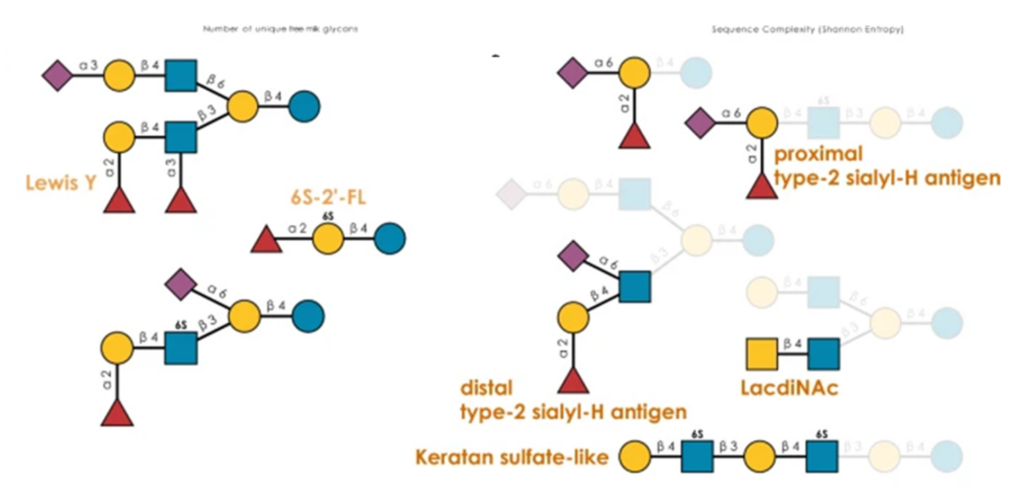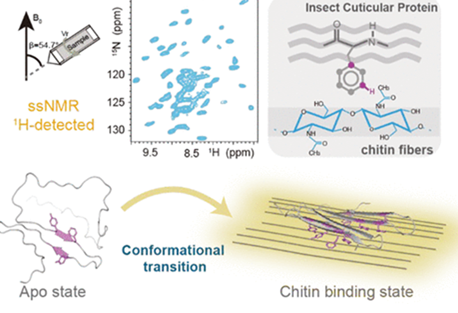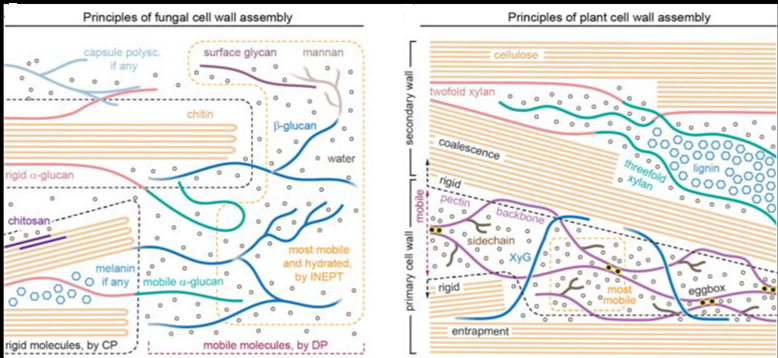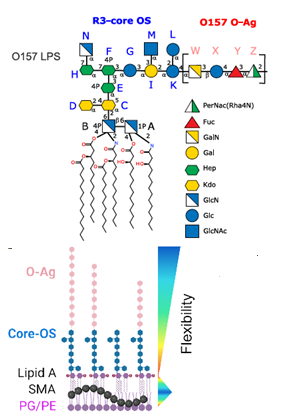Lactobacillus displacement from the vaginal microbiome associates with adverse health outcomes and is linked to increased risk of preterm birth. Glycans mediate bacterial adhesion events involved in colonisation and infection. Using customised glycan microarrays, we establish glycan interaction profiles of vaginal bacteria implicated in reproductive health. Glycan binding signatures of the opportunistic pathogens Escherichia coli, Fusobacterium nucleatum are highly distinct from Lactobacillus commensals. Binding to sulphated glycosaminoglycans by vaginal bacteria is pH dependent, as is binding to neutral and sialic acid-terminating glycans by F. nucleatum. Adhesion of Lactobacillus crispatus, Lactobacillus iners, Gardnerella vaginalis, S. agalactiae, and F. nucleatum to vaginal epithelial cells is partially mediated by chondroitin sulphate. S. agalactiae binding to chondroitin sulphate C oligosaccharides is inhibited by L. crispatus. This study highlights glycans as mediators of vaginal bacterial binding events involved in reproductive health and disease.
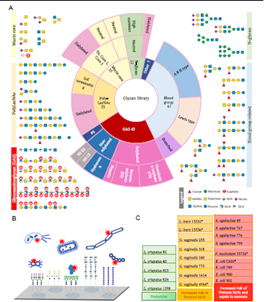
Overview of the sequence-defined glycan library used in this study. A Pie chart representing the glycan categories included in a customised sequence defined glycan library for binding studies of vaginal microbiota. Numbers indicate the number of probes in the main category. Examples of glycans in each category are shown. PS polysaccharide, NS non-sulphated. B Diagram representing the methodology used for analysis of whole bacteria binding to sequence-defined glycans on microarrays. Glycans are covalently immobilised on NHS glass slides, and binding is performed with fluorescently labelled bacterial cultures of vaginal microbiota. C Bacterial collection with strain specification used for the study

